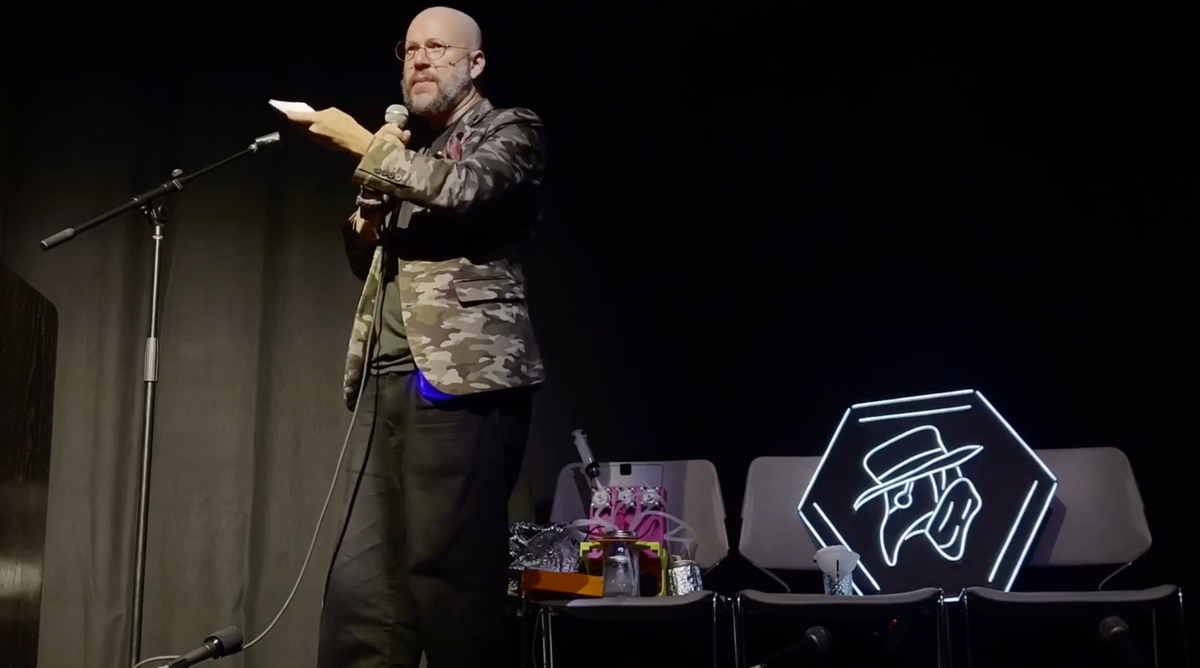

I like ArchiveBox, but in my experience, it kept on running into issues saving pages, and stopped functioning after it worked the first few times. I really wish there was a more streamlined application that did a similar thing somewhere out there.
I’ve been looking at Linkwarden’s page archiving solution, but it crashes whenever I try importing any large number of links, so that’s a bust too.






IPFS seems similar to what you’re looking for.
(See: A copy of Wikipedia on IPFS being censorship-resistant, and globally distributed)